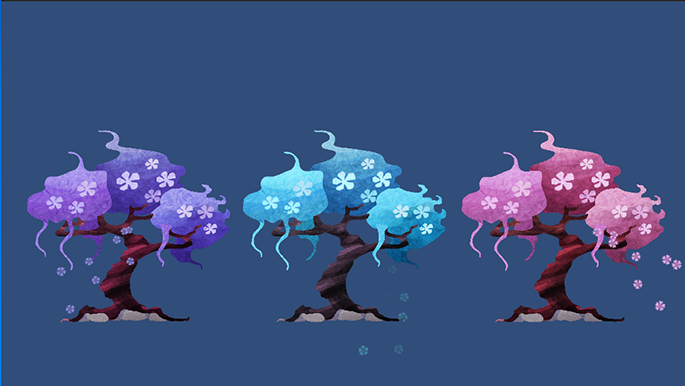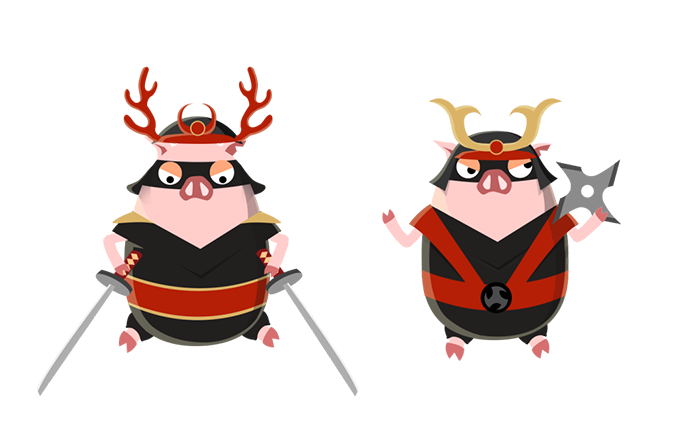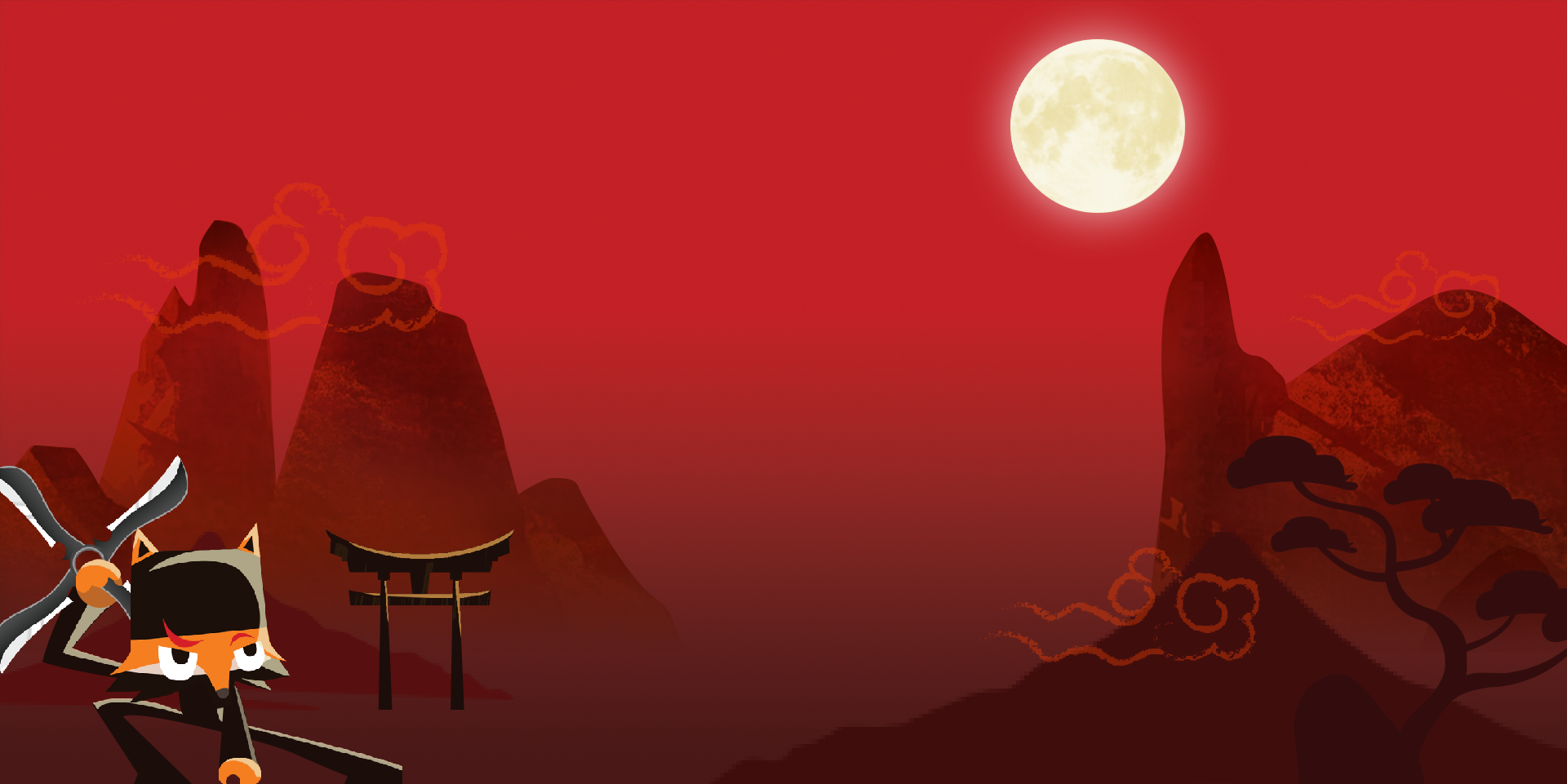Last week, PewPewPew planned to draw and implement all environment assets to see if our team was able to keep up with the demand of our development schedule and to determine if we are able to scope in player customization as part of our minimum viable product. However, this week we have realized that there is a large amount of overhead development time that the programming team needed after the assets have been accomplished; such as implementing 3d colliders to 2D objects, laying out the assets in aesthetically and also planning and implementing enemy spawn and waypoints. Even after all these have been implemented, the world still looks dull due to the lack of animation from the environment objects. To animate these objects our artists will require yet another large amount of time. Thus, we have to begin considering if customization is a viable element in our game and if we have a solution to the replay value of our game even without player customization.
On a brighter note, this week, we have completed implementation of the first and last levels of Ninja Academy, arguable the most time consuming levels in our game. We have also finished developing 4 different types of enemies who will test players in different ways. We have also added in a variety of animations to our pig enemies who now move randomly from point to point and even jump up onto environment objects. Some audio and visual effects have also been put into place to improve the interactivity of the world, hitting trees with Shurikens and arrows now cause leaves to fall and audio effects give users better feedback on their performance in game.
At the end of this sprint, we have lined up a few play testers whom are within our new target audience of 7-10 years old. If you recall at the start of our project we were targeting children between the ages of 5-10. While we want our game to be playable for all ages, our design decisions were made primarily to ensure our target audience would enjoy the game most. However, after our first play test session, we realized that children under and above 7 are distinctly different and our design decisions could not cater to both of these groups. Thus, after much discussion we have decided to narrow our target audience to children between 7 and 10.
Next week, we will again review the data we will acquire from our play testers and make a firm decision on the overall scope and design of our project so we may present that information at halves. Stay tuned to see more about Ninja Academy.



